Rebecca and Chris Gethin
Higher Pudsham, Buckland-in-the-Moor
A former pony and goat paddock is now a wildlife sanctuary.
Our south-facing meadow at Pudsham looks down on Widecombe-in-the-Moor and slightly up to Hameldown and Honeybag Tor, so it’s exposed to all weathers – especially high winds. It’s fairly small and used to be permanent pasture, having been a field in an upland beef and sheep farm.
When we bought the old farm house in the 1990’s we used the meadow as a paddock for ponies and goats. I recall we fertilised it just the once.
It’s a steep-enough triangular-shaped field at 300 metres at the bottom end with quick drainage, and is south-facing and sunny. At the apex of the triangle we planted a small copse of trees about 10-12 years ago.
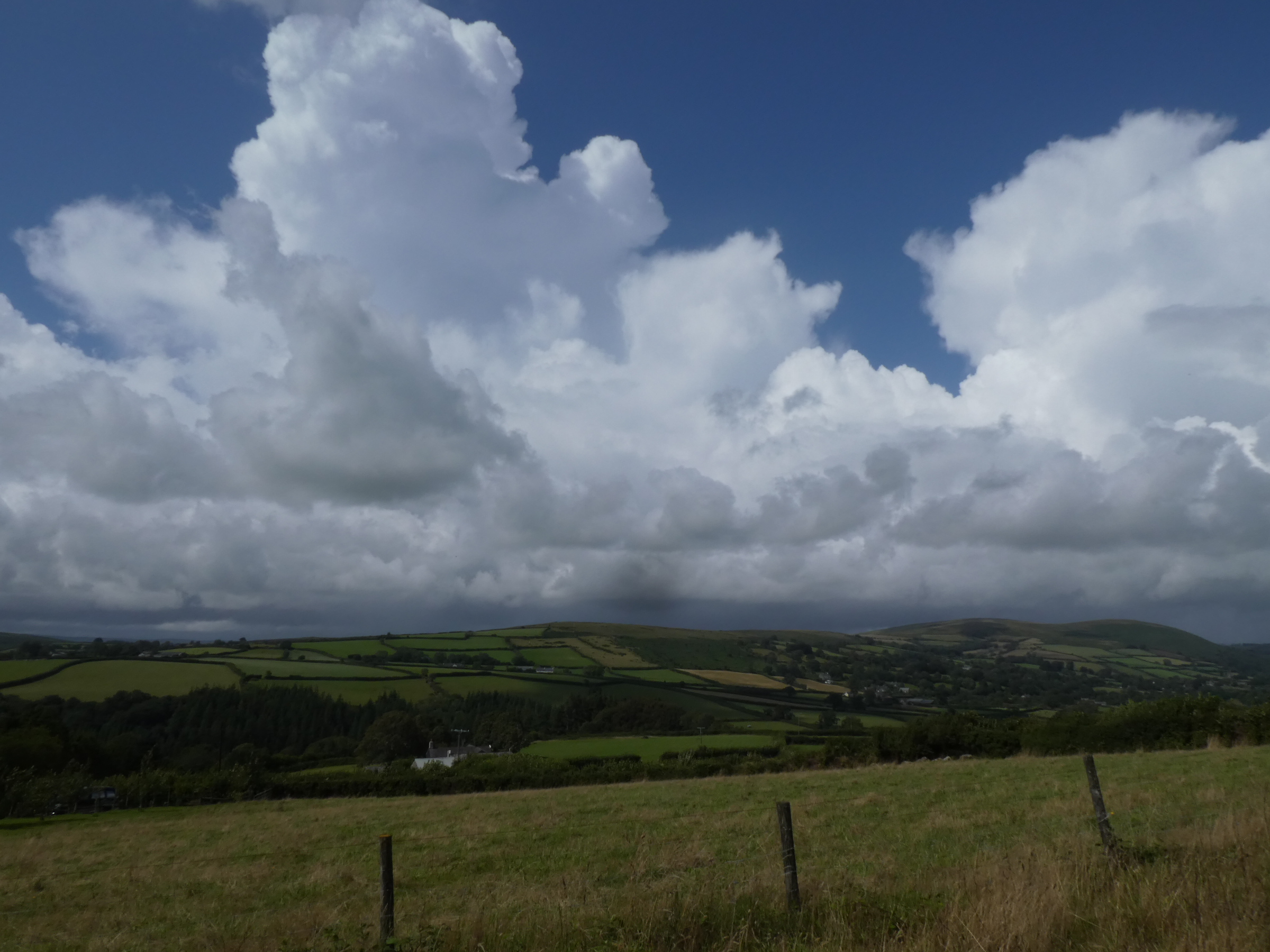
We have recently planted a row of native treelets along a wire netting fence to join up the two sides for the birds. We also have a veg patch and a small orchard in the field. It is surrounded by farmland that is becoming more intensive with shorn hedges, so it feels like an island, though it’s not very far from the open moorland of Pudsham Down.
We’ve let our hedges grow tall and the field plants have grown completely naturally for about 6 years (no seeds have been introduced), as we wanted to see what would happen.
Imagine our surprise in the very first year when yellow rattle arrived out of the blue as if it had spotted a gap. It seems to move round the field now and it’s fun to watch where it thrives.
We also have a lot of other yellow flowers, including hawkweed and cats-ear, which seem to flower continuously right into autumn. There is also knapweed, hogweed and yarrow. Down below there’s eyebright and plantain, and last year two heath-spotted orchids arrived for the first time.
Some years we have had it cut for hay, but last year after spotting so many butterflies, bees and many other insects we decided against using heavy machinery, so three ponies stayed for three weeks. We didn’t want the soil compacted or the overwintering eggs and pupae to be damaged.
Last year there were Common Blue butterflies, Meadow Browns, Wall and Small Copper and my favourite, Orange Tip.
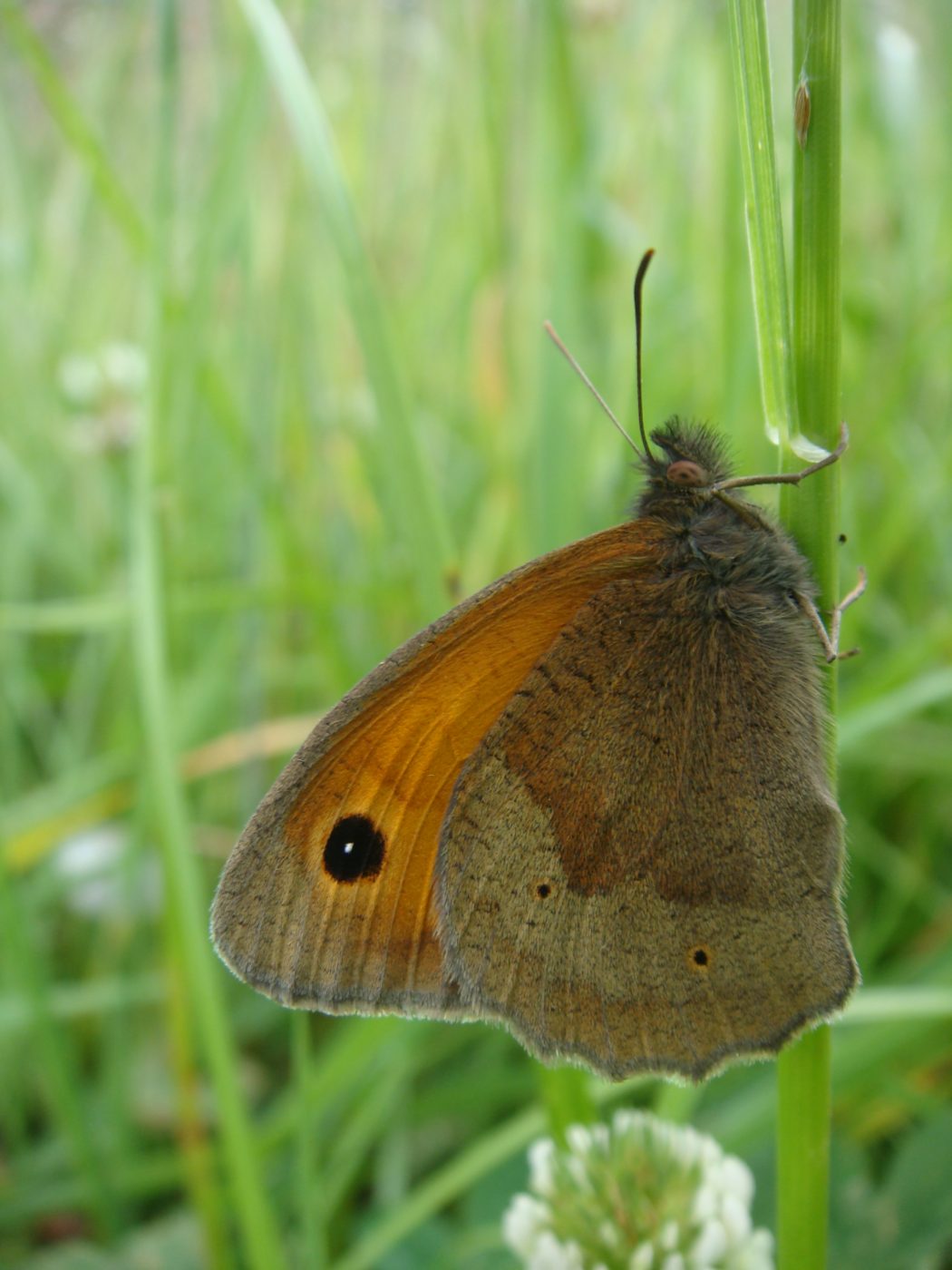
Last year, we also took the momentous decision to cut a path! Previously I hadn’t wanted to even walk in the field as if it were a precious carpet that might be damaged. Immediately a blackbird took to running up and down looking for worms. Creating more edgeland is important for wildlife. So there’ll be another path this year!
Other "Me and my Meadow" stories
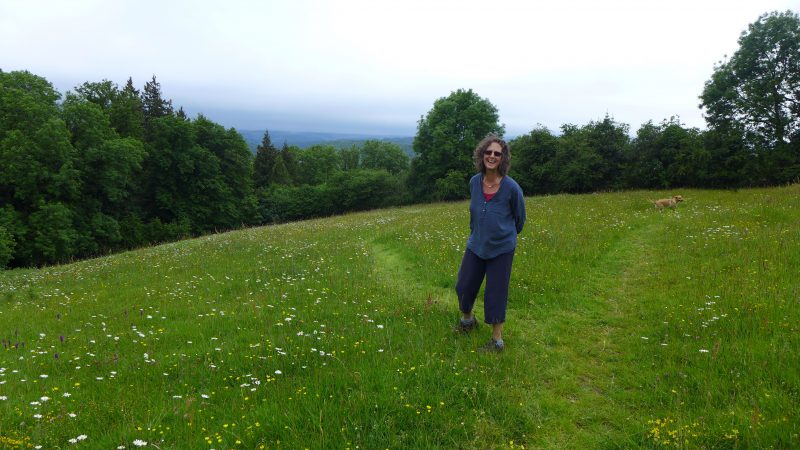
Mary and Charles Staniland
Buckland-in-the-Moor
Four acres of species-rich meadows at Buckland-in-the-Moor that were just waiting for a change in the management in order to reveal their natural treasures.
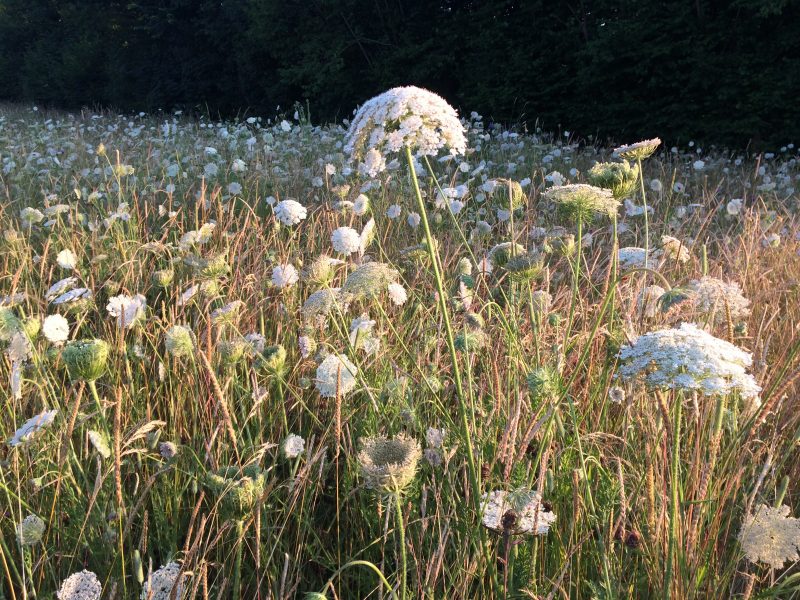
Charlotte Parton and David Jenkinson
Broadhempston
The creation of a garden wildlife haven - a new wildflower meadow and nature pond, starting from scratch.
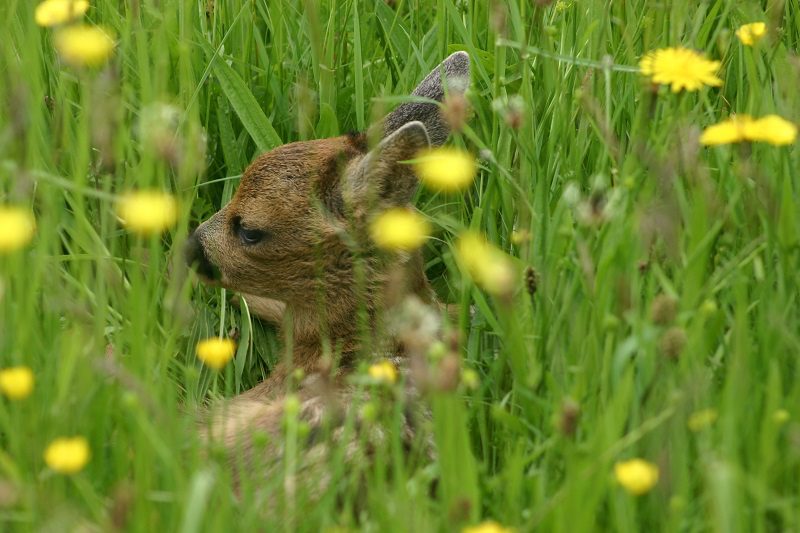
David and Jackie Crook
Buckfastleigh
David and Jackie have turned five acres of heavily grazed pony paddocks at Buckfastleigh into flower-rich grasslands alive with wildlife.
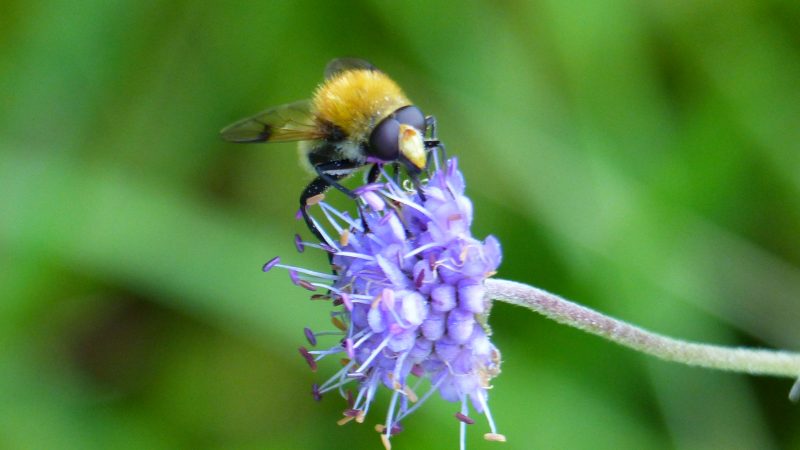
Amanda and Steve’s meadow
Wapsworthy, Dartmoor
A variety of land management over five acres, including the rewarding restoration of species-rich meadows using grazing only
